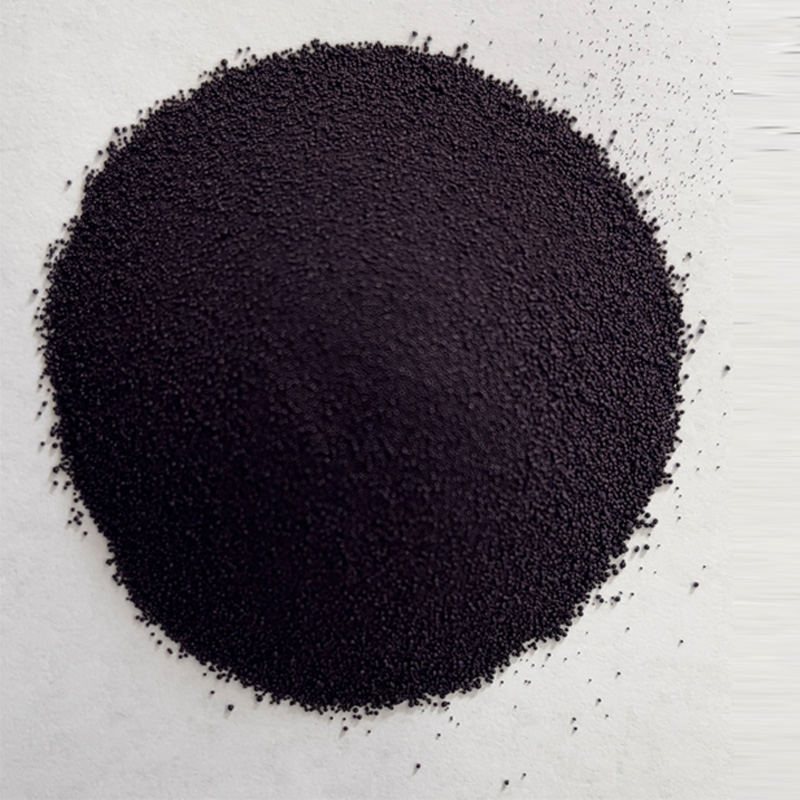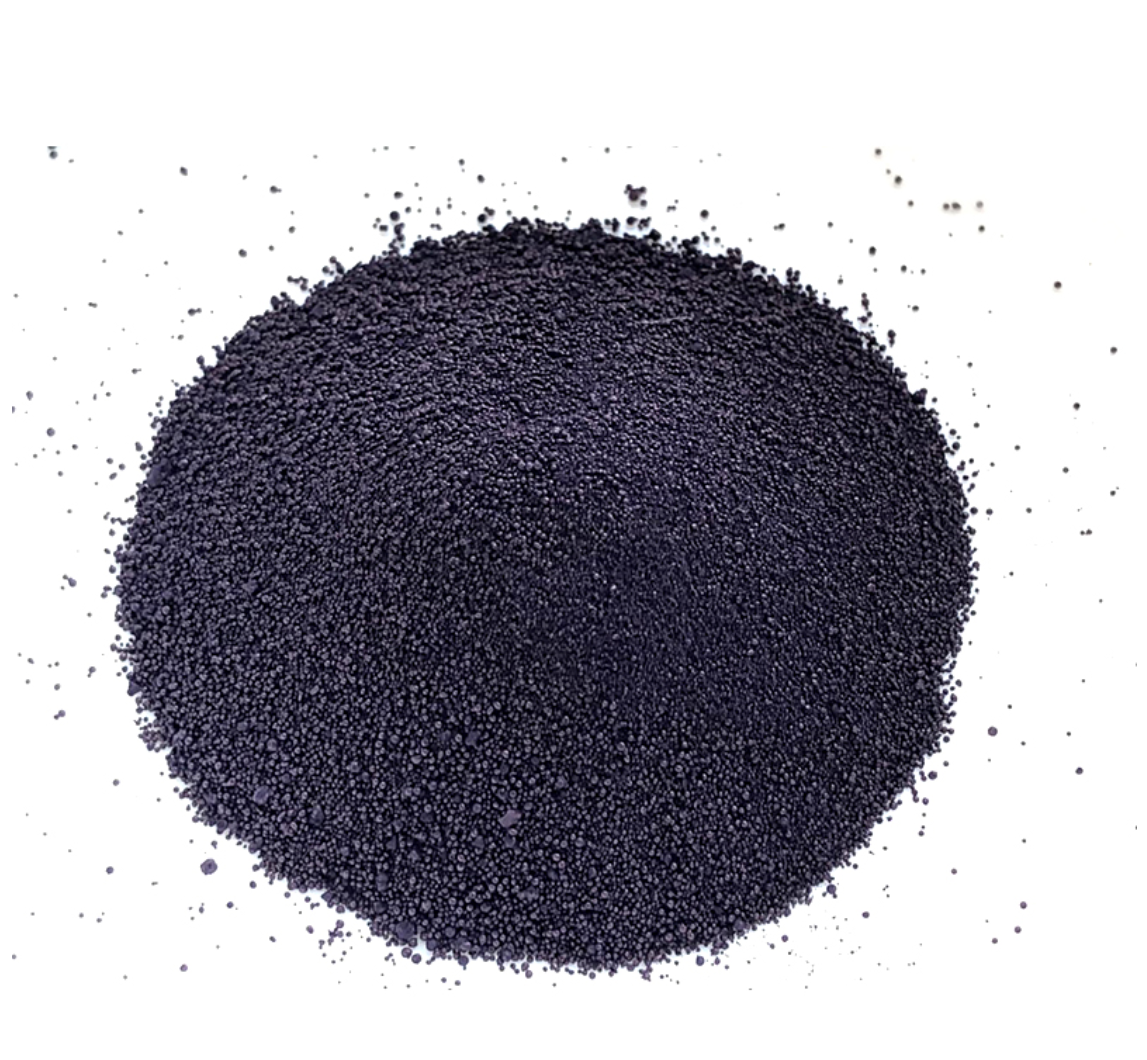Indigo Blue Vat Blue


Trust in the quality of China’s hand-dyed indigo is bolstered by the endorsements from international ethinists and cultural heritage organizations. Their studies highlight how the dyeing methods are environmentally sustainable compared to modern synthetic dyes, ensuring responsible consumer choices are met. These practices minimize pollution and support ecological balance, giving every purchase a dual impact – aesthetic fulfillment and environmental consciousness. Consumer experience with these textiles often transcends the initial allure of their appearance. The tactile feel that remains soft despite multiple washes, the visual richness that enhances with time, and the subtle fragrance of natural dye all contribute to a holistic sensory journey. Such experiences make indigo hand-dyed fabric not just a textile choice, but a lifestyle statement. For those looking to incorporate China’s hand-dyed indigo fabric into their lives, the availability of products continues to expand. From clothing to interior furnishings, this ancient yet modern textile offers something for everyone. Online platforms now connect global consumers with indigenous artisans, facilitating cultural exchange and economic empowerment for traditional communities. In conclusion, the exquisite craft of hand-dyeing indigo in China stands as a testament to human ingenuity and aesthetic sensibility. These fabrics are more than just commodities; they are storied artifacts, timeless in their appeal, and reflective of a deep-rooted heritage that continues to flourish in our contemporary world. As discerning consumers increasingly prioritize authenticity and sustainability, the relevance of China’s hand-dyed indigo fabric will undoubtedly persevere and inspire.
-
The Timeless Art of Denim Indigo Dye
NewsJul.01,2025
-
The Rise of Sulfur Dyed Denim
NewsJul.01,2025
-
The Rich Revival of the Best Indigo Dye
NewsJul.01,2025
-
The Enduring Strength of Sulphur Black
NewsJul.01,2025
-
The Ancient Art of Chinese Indigo Dye
NewsJul.01,2025
-
Industry Power of Indigo
NewsJul.01,2025
-
Black Sulfur is Leading the Next Wave
NewsJul.01,2025

Sulphur Black
1.Name: sulphur black; Sulfur Black; Sulphur Black 1;
2.Structure formula:
3.Molecule formula: C6H4N2O5
4.CAS No.: 1326-82-5
5.HS code: 32041911
6.Product specification:Appearance:black phosphorus flakes; black liquid

Bromo Indigo; Vat Bromo-Indigo; C.I.Vat Blue 5
1.Name: Bromo indigo; Vat bromo-indigo; C.I.Vat blue 5;
2.Structure formula:
3.Molecule formula: C16H6Br4N2O2
4.CAS No.: 2475-31-2
5.HS code: 3204151000 6.Major usage and instruction: Be mainly used to dye cotton fabrics.

Indigo Blue Vat Blue
1.Name: indigo blue,vat blue 1,
2.Structure formula:
3.Molecule formula: C16H10N2O2
4.. CAS No.: 482-89-3
5.Molecule weight: 262.62
6.HS code: 3204151000
7.Major usage and instruction: Be mainly used to dye cotton fabrics.

